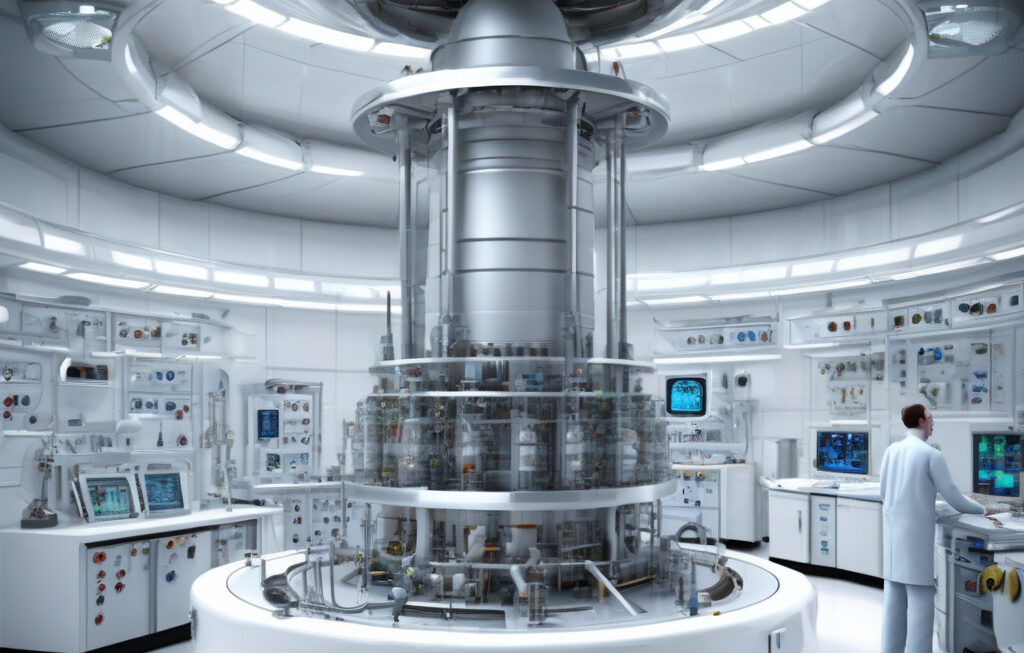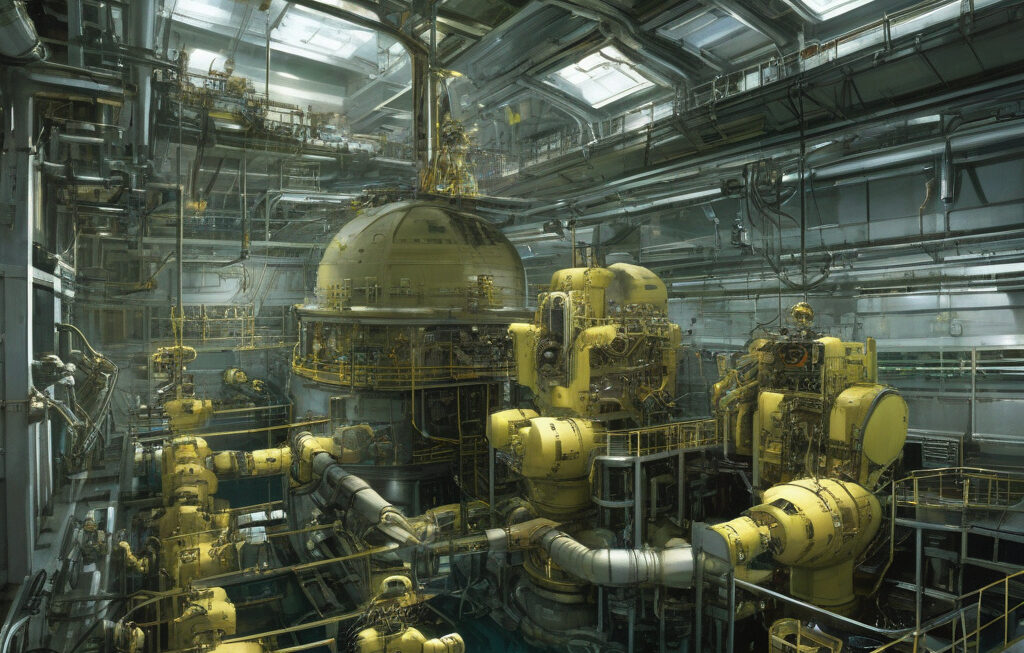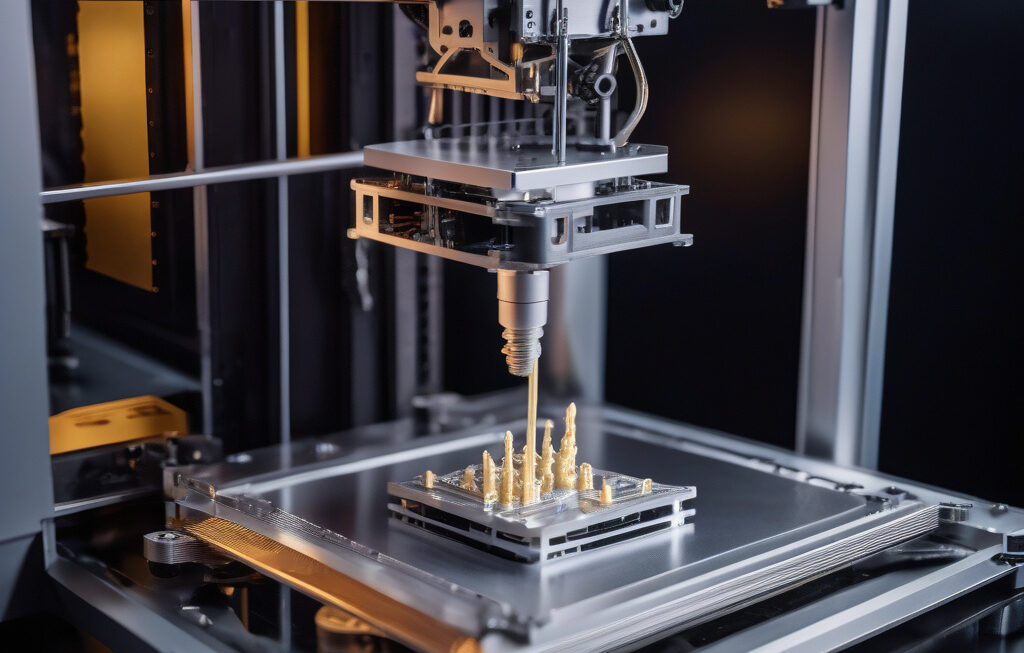Researchers at the Canadian Nuclear Laboratories (CNL) are studying a special type of material called a super alloy, designed to withstand extreme conditions within nuclear reactors. In a recent groundbreaking experiment, scientists at CNL bombarded this super alloy at a scorching temperature of 1112°F to test its resilience under intense heat and pressure.
Super alloys are a class of metal materials known for their exceptional strength, durability, and resistance to corrosion, making them ideal for use in demanding environments like nuclear reactors. These reactors operate at high temperatures and are exposed to various stresses, including radiation, making the choice of materials crucial for their safety and efficiency.
The experiment conducted by the CNL researchers involved subjecting the super alloy to extreme heat to simulate the conditions experienced inside a nuclear reactor during operation. By bombarding the material at 1112°F, the scientists aimed to assess its ability to maintain its structural integrity and mechanical properties under such intense thermal conditions.
The results of the experiment were highly promising, demonstrating the superior resilience of the super alloy to high temperatures. Despite being subjected to extreme heat, the material showed minimal signs of degradation or weakening, highlighting its suitability for use in nuclear reactor components.
This research has significant implications for the future of nuclear energy, as it paves the way for the development of advanced materials that can enhance the safety and performance of nuclear reactors. By studying the behavior of super alloys under extreme conditions, scientists can gain valuable insights into how to design more robust and reliable reactor systems.
Moreover, the findings of this study could also have broader applications beyond the field of nuclear energy. Super alloys are used in various industries, including aerospace, automotive, and manufacturing, where they play a critical role in ensuring the integrity of components exposed to high temperatures and harsh environments.
The research conducted at CNL underscores the importance of ongoing innovation and experimentation in materials science. By pushing the boundaries of what is possible, scientists can unlock new possibilities for technology and engineering, leading to advancements that benefit society as a whole.
As we look to the future of energy production and industrial development, the role of materials like super alloys in enabling progress cannot be overstated. These high-performance metals are essential building blocks for innovation in numerous sectors, driving improvements in efficiency, sustainability, and safety.
In conclusion, the recent experiment conducted by CNL researchers to bombard a super alloy at 1112°F represents a significant milestone in the study of materials for nuclear applications. The resilience demonstrated by the super alloy under extreme heat conditions highlights its potential for enhancing the performance and safety of nuclear reactors, as well as its broader impact on various industries that rely on high-performance materials.
#super alloy, #nuclear reactor, #CNL, #materials science, #resilience












